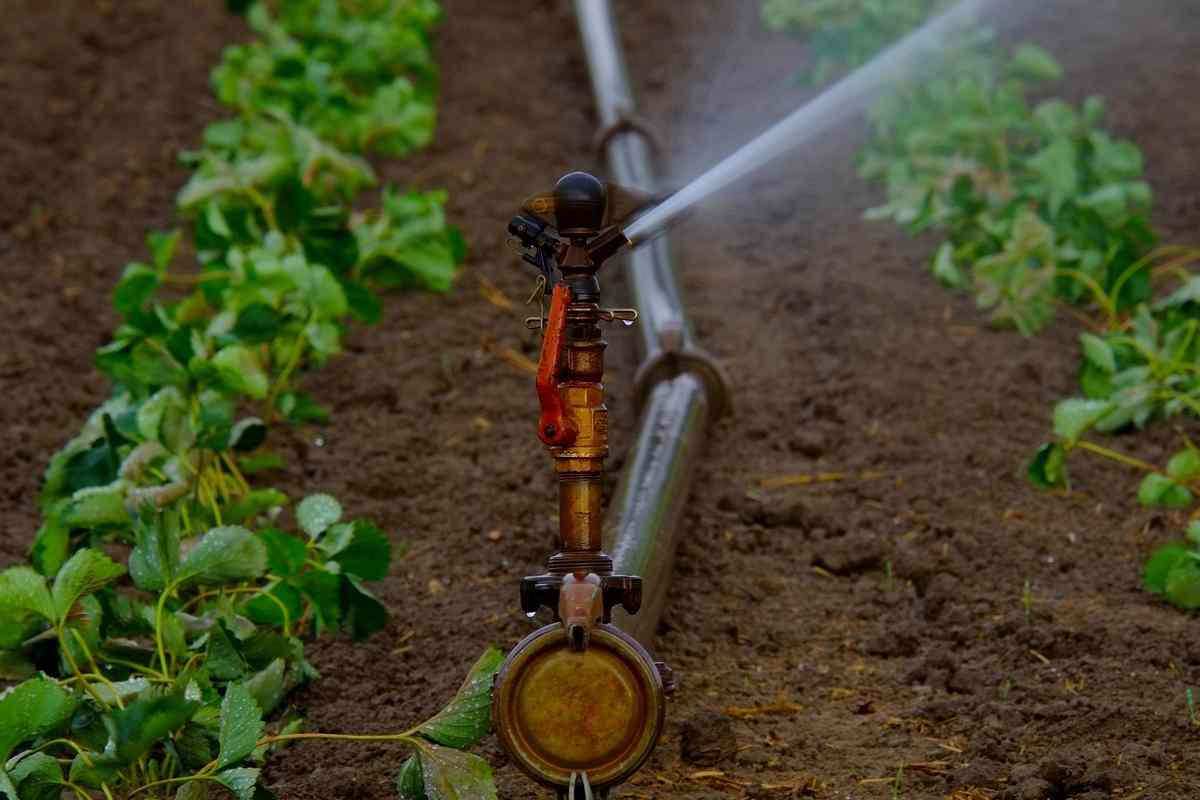Do you feel ready to kneel in damp grass, pry up a spray head, and wrestle with pipes you cannot even see? Home projects feel satisfying when the stakes are low. Your irrigation system, however, hides beneath soil, pavement, and plant roots. One cracked fitting can flood the yard, invite mold near your foundation, and spike your water bill long before you notice the soggy patch. If you want a healthy lawn without weekly surprises, keep reading, because these six reasons show why calling a certified technician beats wielding a shovel on a Saturday morning.
Table of Contents
1. Underground Damage Is Hard to Detect
Unlike a leaky kitchen faucet, a broken lateral line keeps its chaos out of sight. Water seeps sideways through soil, and grass often looks fine until the damage is widespread. Saturated ground can cave in walkways, drown tree roots, and attract insects that thrive in constant moisture. Professionals arrive with acoustic sensors and ground probes that pinpoint a leak within inches, so they dig only where necessary. Trusting sprinkler system repair to an experienced crew stops exploratory trenches before they start and keeps your landscape looking intentional instead of patched.
2. Water Pressure and Flow Need Math, Not Guesswork
Every zone in a modern sprinkler layout balances gallons per minute against pipe diameter, head spacing, and available pressure. Twist the wrong adjustment screw or swap a rotor for a spray head, and you upset that balance. Low-pressure zones will mist instead of throwing proper arcs, while high-pressure zones will hammer pipes until fittings burst. Trained technicians calculate required flow, measure pressure at several points, and match components accordingly. Those measurements eliminate dry corners and puddled flower beds, giving you even coverage that weather alone can never guarantee.
3. Specialized Tools Are Pricey and Single Use
Rental shops seldom stock the full range of instruments needed to diagnose and fix buried irrigation hardware. Even when a tool is available, the rental fee can equal a professional visit. Below are common pieces of gear that pros bring to every job yet homeowners rarely need twice:
- Wire locators – They trace control cables underground, saving you from digging blindly and accidentally severing a crucial line.
- Pressure gauges – These devices confirm that each zone receives adequate pressure, preventing weak sprays and wasted water.
- Pull behind trenchers – Compact trenchers slice clean channels for new pipe, sparing your back and keeping turf damage minimal.
- Sonic leak detectors – Sensitive microphones amplify the hiss of escaping water, allowing pinpoint excavation instead of wide disruption.
- Rotary head tools – They open and service pop-up rotors without scarring seals, which keeps the head from leaking later.
- PVC solvent stations – They create perfectly square cuts and smooth joints that resist future splits and root intrusion.
Buying each piece can cost more than your entire system is worth, and the learning curve to use them correctly is not gentle. A technician already owns the gear, knows how to calibrate it, and will finish the visit long before you finish reading an instruction manual.
4. Incorrect Components Upset the Whole Network
Sprinkler systems look modular, yet every nozzle, valve, and controller speaks the same pressure language. Mixing high-flow rotors with low-flow sprays in one zone encourages some heads to drool while others barely spit. Swapping a three-quarter-inch elbow with a cheaper half-inch one starves downstream heads. Professionals match parts rated for identical pressure, flow, and precipitation rates, preserving the system’s designed harmony. That consistency stops the pattern of repairing one spot only to find another suddenly failing.
5. DIY Mistakes Trigger Expensive Side Effects
When irrigation goes wrong, the financial fallout rarely stays in the plumbing aisle. Common costs follow an innocent misstep:
- High water bills – A small pinhole in a buried pipe can leak for weeks, adding hundreds of dollars before detection.
- Landscape damage – Overspray drowns shrubs while starving grass elsewhere, forcing you to purchase new plants and sod.
- Foundation stress – Consistent moisture around the slab encourages cracking, which leads to pricey structural repairs.
- Mold growth – Damp crawl spaces create a haven for mold spores, and remediation crews do not come cheap.
- City fines – Many local codes penalize visible runoff or water waste, and smart meters make those violations easy to spot.
Each expense dwarfs the service fee you set out to avoid. Professionals back their work with workmanship guarantees, so they shoulder responsibility for parts and labor if something fails soon after the visit.
6. Warranty and Insurance Cover More Than Hardware
Most irrigation parts carry multi-year warranties that hinge on proper installation. The moment an unlicensed individual alters wiring, pressure regulators, or zone programming, that coverage can vanish. Homeowners insurance policies may also deny claims if water damage stems from unqualified work. Licensed technicians document every adjustment, use approved parts, and provide invoices that prove due diligence. Should a sprinkler head later burst and flood your basement, these records smooth the claims process and keep your out-of-pocket costs low.
Water Wisdom Worth Following
Your yard’s watering network is a hidden ecosystem relying on precise engineering, calibrated components, and diagnostic technology. Attempting repairs without that toolkit respects neither your time nor your landscaping budget. Skilled professionals fix problems faster, protect warranties, and safeguard your property from the chain reaction that follows a cracked pipe or misaligned rotor. The next time you hear a hiss where silence should reign, resist the urge to grab a spade. Call an expert instead, and give your lawn the care it quietly demands.

